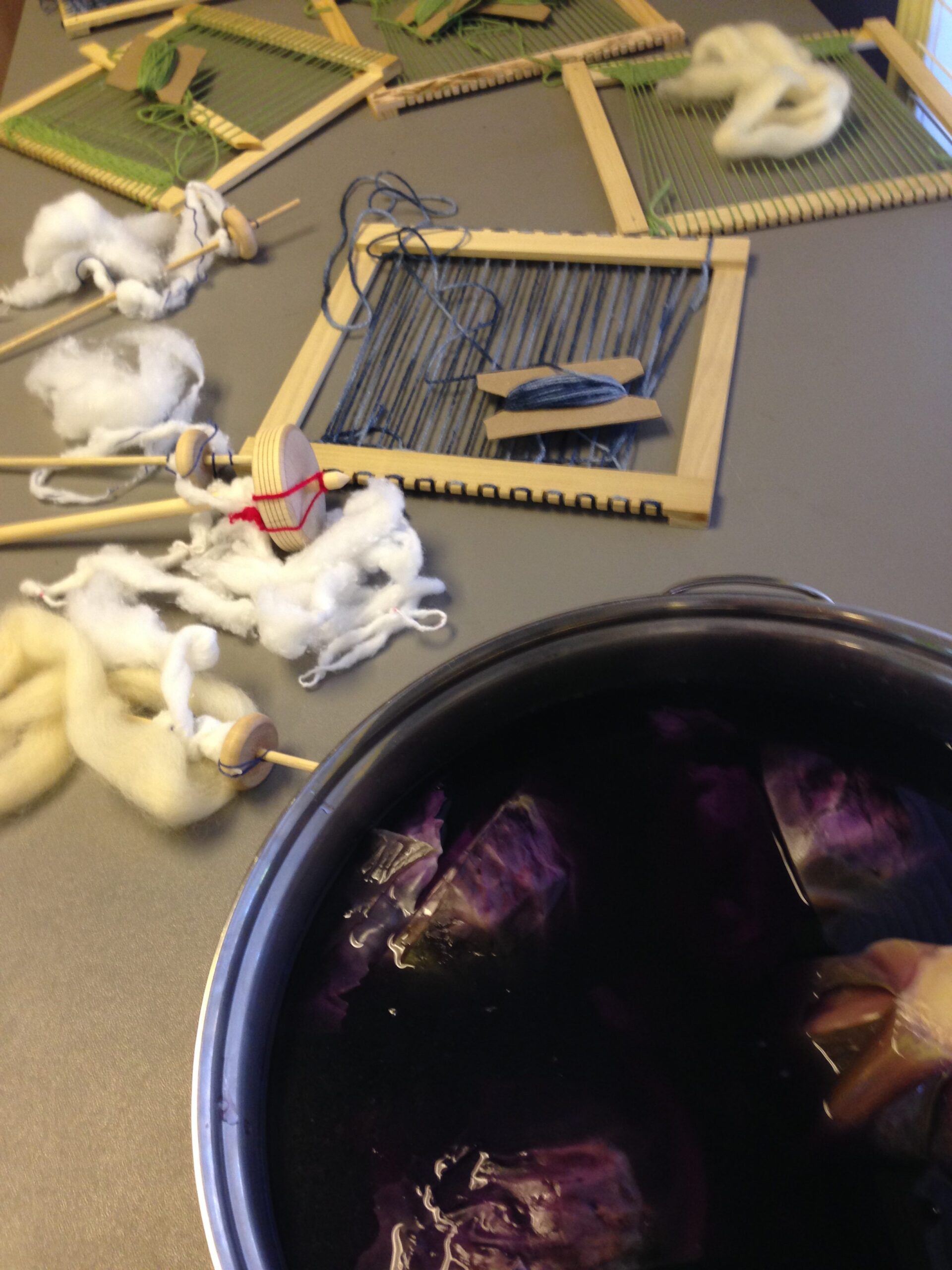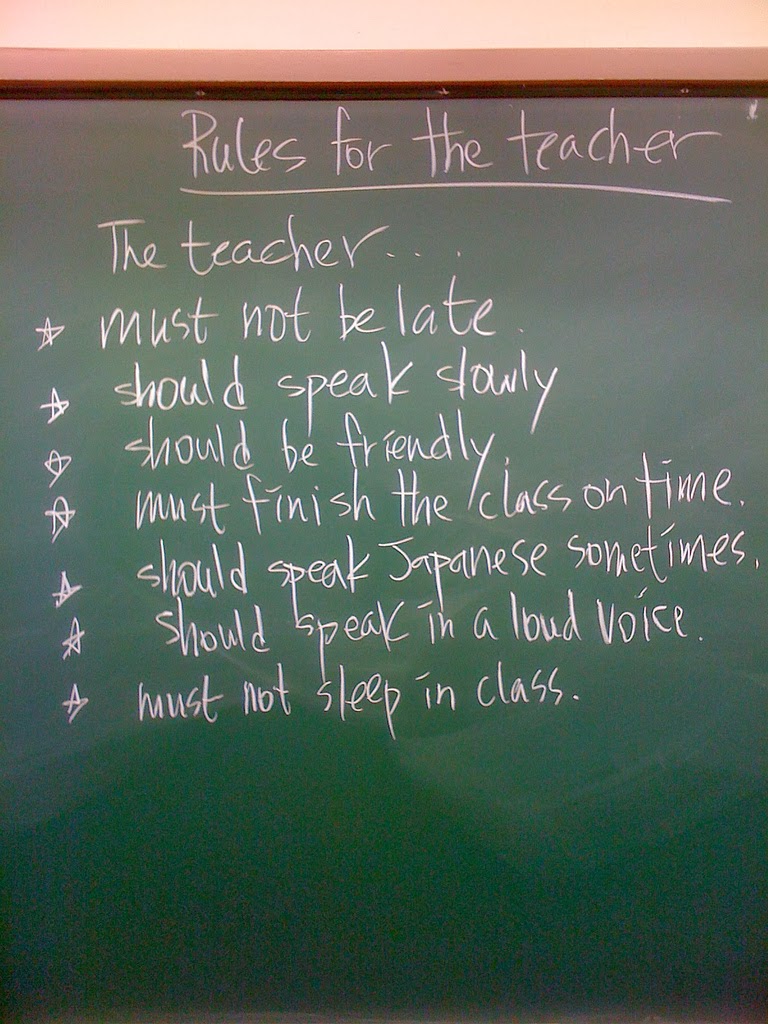Walk into a children’s or teen Bible class and you will notice two basic types of classes:
- Eye Centric: These classrooms are bright and cheery. It often seems every inch of wall space is somehow covered. These classrooms are definitely eye-catching.
- Non-Traditional: These classrooms are often bare or the decorations don’t seem appropriate for the children’s or teen Bible class meeting there. The walls may or may not be colorful and the decorations that are displayed may be faded and look as if they have been in place for many years.
Often non-traditional classrooms go undecorated because it is a shared space and the teacher doesn’t have permission to decorate in age appropriate or Christian ways. These rooms are also often the result of a volunteer group with a lot of turnover. The teachers only teach periodically and don’t see the need for spending the time and money to decorate the room. Still others believe they have no artistic talent and that any decorations they made would look worse than what is currently there.
The problem with non-traditional class decorations is the room is often unappealing to the eye. There is nothing to catch a child’s interest and draw a reluctant learner into the room. The undecorated room often gives off a sad or tired feeling – making a child want to delay entering the room.
On the other hand, eye centric classrooms can be overwhelming for some students. Certain students with sensory processing or other special learning problems can become overly distracted by the decorations. A few students may even find too much sensory input causes extreme stress bordering on fear.
So what should you do when given a classroom space? What if you have to share it with others and aren’t allowed to decorate? How much decoration is needed and how much is too much? Are there any decorations which aren’t appropriate for Bible classrooms?
Here are some tips to keep in mind when trying decide how to decorate your classroom.
- Look at your room through the eyes of your students. If you were a visitor walking towards your room, would it entice you to enter? Are there too many decorations, making the room more distracting than appealing? Do the decorations make sense given the size of your students – are they hung at appropriate eye levels and with tiny ones – at a great non-touching height for delicate decorations?
- What do your decorations communicate about what will be learned in your class? Teaching the Bible, but all of the decorations are UFO’s or monsters or fairy tales? You don’t have to have a drawing of Jesus or a scripture covering every space, but it shouldn’t look as though it’s a room dedicated to fantasy topics.
- If space is shared, you can still bring in interesting portable decorations. Your room may normally be the office staff conference room and you aren’t allowed to decorate. That’s fine. Just bring in a tub of portable things you take home or leave in a secured area between classes. Items in the tub can be reproductions of Biblical items or things from God’s creation – even prepared artwork/posters on Biblical topics which you can put up temporarily without ruining the normal decor. If you have things you want to show students during your lesson or things they can manipulate or explore in transitions, set those out, too.
- Remember, sometimes less is more. You want the decor in your room to be eye-catching, but not overwhelming. If the amount of decorations or the colors and patterns make you feel a bit off physically (like that wallpaper some people have that makes you feel just a bit dizzy!), you probably need to remove a few things. You can use them later, but you don’t have to use everything you have access to use at the same time.
- Change things frequently. I was once involved with a faith-based program that required teachers to change their bulletin boards once a month. Their rooms always looked fresh and inviting. Change is important. If your students see the same things week after week, at some time they will register in their brains very similar to the way they react to a plain room. Changing frequently also keeps things looking fresh and not faded, dusty or worn.
- Use other Christians to help. As someone who isn’t artistic, this has been a life-saver to me. Find out who the artists are in your congregation, ministry or even parents of students. I regularly have used high school and college artists as congregations rarely make full use of their talents. Many artists love to be able to use their gifts to serve God. Most get excited about helping ministries working with kids – especially if they haven’t felt they could participate because teaching is not their gift.
- If all else fails, go pre-fab. It’s better to use mass produced decorations than no decorations at all. Bring in things from God’s creation to display. Have an area that is “framed” and display new student projects each week. You can be creative, even if you aren’t artistic.
If you manage a ministry serving children and teens, seriously consider establishing a volunteer decorator team. These individuals are artistic and creative, but may have no interest in teaching. Give them guidelines for the types of decorations you do or don’t want and the amount of money they can spend. (If you don’t have “guardrails” you may find these creative teams are producing beautiful rooms that break your budget or miss your primary purpose.) Take the responsibility and stress of redecorating a classroom monthly from your volunteer teachers and let them focus on lessons and activities. Both groups will feel more connected to your ministry, more fulfilled and less exhausted from attempting to do things for which they weren’t really gifted by God. You may even find it cuts down on volunteer turnover!
So take a walk around your classroom(s). Think about changes you need to make for them to be a more appealing learning environment. It’s a great way to help engage your students in learning about God.





